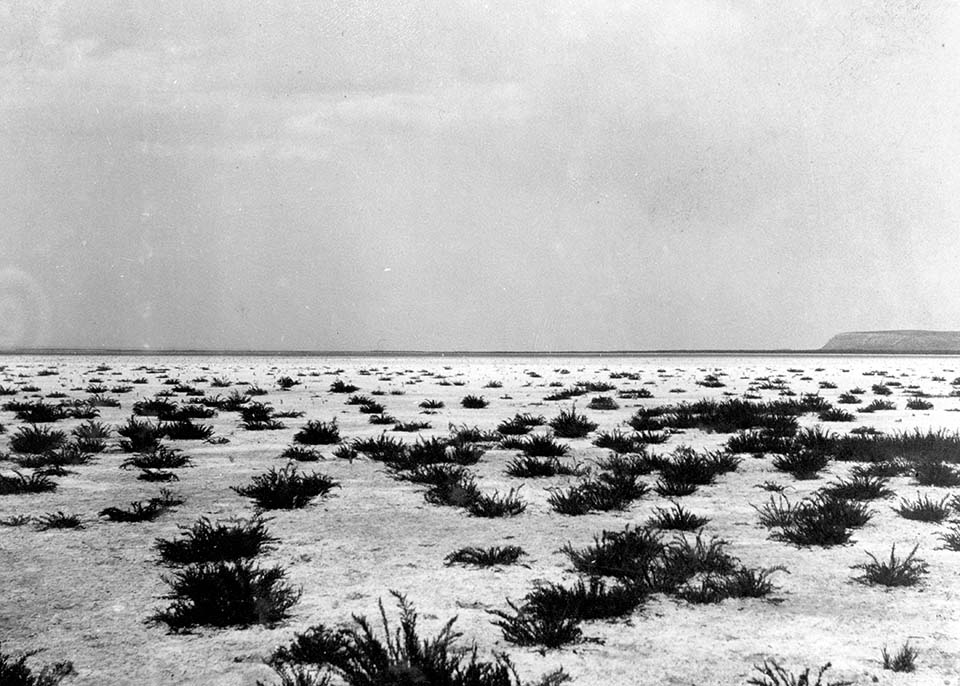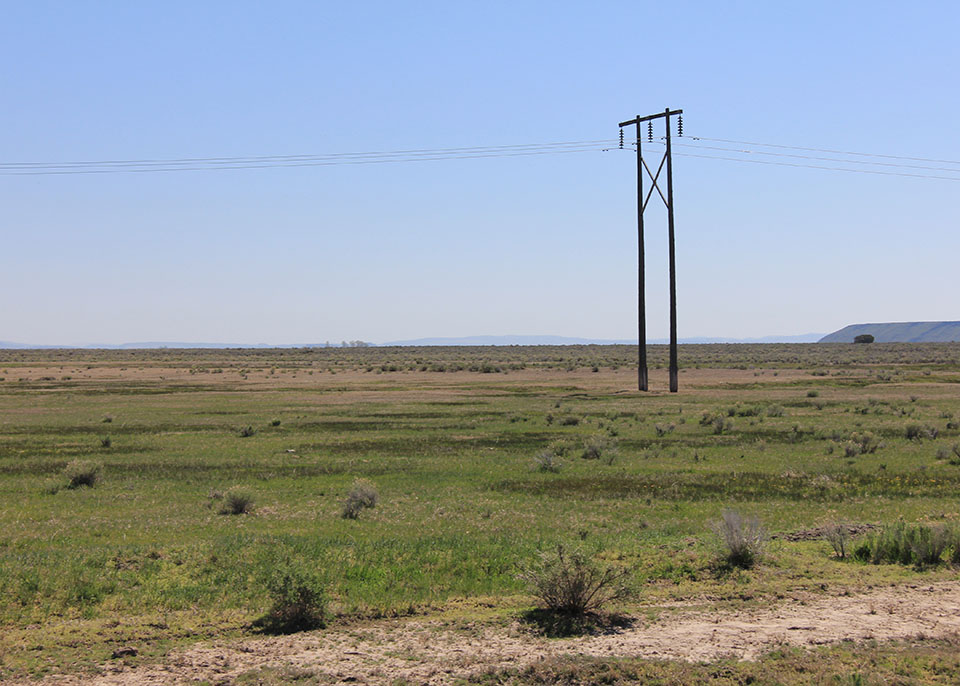Most Westerly Recorded Observation of Bison
A logical location to explore potential routes that used to cross the western Cordillera is the most western location where observations were made by early European explorers. This record goes to a fur trade brigade led by Peter Skene Ogden of the Hudson’s Bay Company, who saw a group of bison skulls near today’s Burns, Oregon. In the fall of 1826, Ogden was leading a brigade of fur trappers on a southeasterly direction from the mouth of the Deschutes River on the Columbia into what is today central Oregon. On November 1 they descended into the Harney valley, and reached Malheur and Harney lakes:
At sunset we reached the lakes. A small ridge of land an acre in width divides the fresh water from the salt lakes. These two lakes have no intercourse. The fresh water has an unpleasant taste 1 mile wide 9 long. In this (salt) lake discharge Sylvailles River and 2 small forks; but it has no discharge. Salt Lake at the south end is 3 miles wide. Its length at present unknown to us but appears to be a large body of saltish water. All hands gave it a trial but none could drink it. All the country is low and bare of wood except worm wood and brush. We had trouble finding wood to cook supper. The trappers did not see a vestige of beaver. Great stress was laid on the expedition visiting this quarter. Here we are now all ignorant of the country, traps in camp, provisions scarce prospects gloomy. Buffalo have been here and heads are to be seen. Fowl in abundance but very shy. 2
One of the reasons for the shortage of game for provisioning the brigade was apparent. On November 2, Ogden further observed:
It is incredible the number of Indians in this quarter. We cannot go 10 yds. without finding them. Huts generally of grass of a size to hold 6 or 8 persons. No Indian nation so numerous as these in all North America. I include both Upper and Lower Snakes, the latter as wild as deer…3
The traditional people in the Malheur Basin were Northern Paiutes called the Wada-Tika, or “wada seed eaters.” Their winter home was on the lakes where a staple food was the seepweed (Sueda depressa) seed collected from the fluctuating lake shores (see historic repeat photograph) which they processed into porridge. In the fall and spring they used tule boats and blinds to capture waterfowl, and each summer they would range widely across the landscape, harvesting salmon in the Malheur River, and hunting and gathering.4. Over the centuries, they adapted to widely varying water levels in the basin, ranging from the presence of lakes 9000 to 7400 years BP, periods of total lake disappearance around 5000 years BP, and another period of relatively large lakes around 1000 years BP. 5
The bison skulls that Ogden saw were likely those of a small, inbred population that had dispersed, and then become isolated from larger herds on the upper Snake River plain to the east. 6 In this desolate, but still well human-utilized landscape, these small dispersing herds could have provided a brief, but bountiful respite to people supported by commonly available resources. If they were killed by Wada-Tika hunters, these people would have enjoyed this luxurious variation of food, clothing and shelter.7
Map and Footnotes
- Phillips, Kenneth N. and A. S. Van Denburgh, Hydrology and Geochemistry of Abert, Summer, and Goose Lakes, and Other Closed-basin Lakes in South-central Oregon. United States Geological Survey Professional Paper 502-B. Washington, DC. ↩
- Ogden, Peter Skene. “1826-27 Journals,” ed. T.C. Elliot, Oregon Quarterly, Vol. XI (June, 1910), 201-22, entry for November 1, 1826. ↩
- Ogden, “Journals,” entry for November 2, 1826. ↩
- Stowell, Susan J., The Wada-Tika of the Former Malheur Indian Reservation. PhD Dissertation, Davis: University of California, 2008 ↩
- Dugas, D. P. “Late Quaternary Variations in the Level of Paleo-Lake Malheur, Eastern Oregon,” Quaternary Research 50(3), November 1998,276–282. ↩
- McDonald, J. N. 1981. North American Bison. University of California Press, Berkeley. ↩
- Other causes of mortality (possibly starvation or dehydration) could also have killed bison in this area. In early 1900s Vernon Bailey excavated a bison bone bed near Malheur Lake, and noted: “In many cases where a skull was lying on top, the complete skeleton could be found underground, but much patient work was necessary to recover all the bones of these skeletons.” Bailey, V. Buffalo of the Malheur Valley, Oregon. Proceedings of the Biological Society of Washington 45:47-48, 1932. ↩

